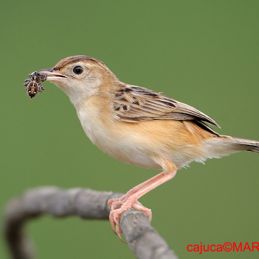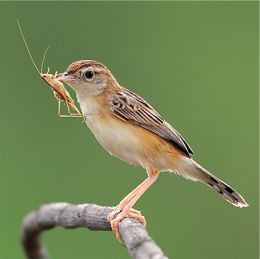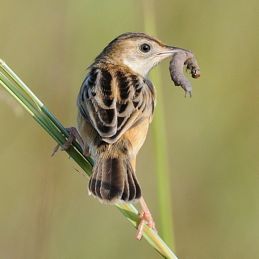Chong Yih Yeong and Mark Chua have added another food item for the Zitting Cisticola (Cisticola juncidis). This time it is caterpillars (above). This would be the same bird (or its mate) bringing back food to feed its hungry chicks that was posted earlier. Then, it was photographed bringing a spider and a grasshopper. The chicks have since fledged.


As mentioned earlier, Zitting Cisticola eats mainly insects and small invertebrates including spiders (above left). Spiders are one of the main foods for chicks, the more common ones being grasshoppers (above right) and caterpillars (top).
This post is a cooperative effort between NaturePixels.org and BESG to bring the study of bird behaviour through photography to a wider audience.
Image on top left by Chong Yih Yeong, others by Mark Chua.










